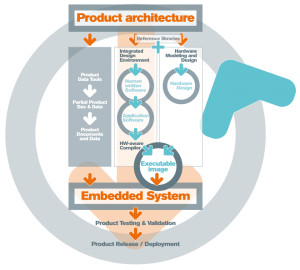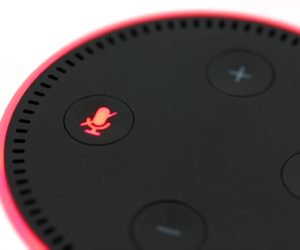A call drop is the term used for a wireless mobile phone call that has terminated unexpectedly as results of technical reasons, this including entering in a zone with no coverage.
The call drop rate is an important index which reflects the network quality, this being used also in the network optimization procedures, as the handover and the call drop are strongly related. In a great number of cases handover failure is responsible for a call drop.
This document presents the analysis steps done at the UE side for determining the call drop cause. The actions that are performed to identify each potential scenario are depicted in square brackets.
In determining the cause of the call drop the first step is to check the UE traces containing information recorded during the call and locate the place where the call drop occurs. This is clearly indicated by a drop in the SIR of the dedicated physical channel (DPCH).
If the drop in SIR on the DPCH is significant the data blocks received will start to be corrupted, this is indicated by the cyclic redundancy check (CRC) performed on the data blocks.[Synchronies CRC ,SIR plots and the out_of_sync/in_sync incations] When a great number of corrupted blocks are received, the physical layer signals upper layers this event, trough an out_of_sync indication. The higher layers verify that If the number of out_of_sync indication is greater than N313 the timer T313 starts. This timer is stopped only if in_sync indication is received a number of times greater than N315 otherwise T313 expires and the release of the call is requested to the physical layer. N313, T313 and N315 are parameters provided by the network (NW)[Verify the values provided by the NW in the configuration].
If the SIR value for the DPCH channel drops suddenly to the minimum value and the common pilot channels (CPICH) of the serving cells, have good levels of received signal code power (RSCP) and Ec/No (rapport between the power of the CPICH and all the power in the radio frequency channel where the cell is broadcasting) [Synchronies the RSCP and Ec/No plot with the SIR plot], the most probable scenario is that the NW cuts the link.
Some of the reasons for this can be:
- Congested cell.
- Unclassified – unanswered RRC requests.[In this case L23 analysis required]
- The failure of the UE to respond to the TPC (transmit power control) commands received from the NW.[Verify that the UE Tx power plot is correlated with the received TPC]
If the quality of the DPCH channel slowly drops along with the quality of the CPICHs (see bellow figures), this is pointing that this is happening because the UE is experiencing e degradation in the radio environment (mainly due to the increase in distance from the serving cells). In this case a call drop could be caused by the poor coverage in the area of the UE.
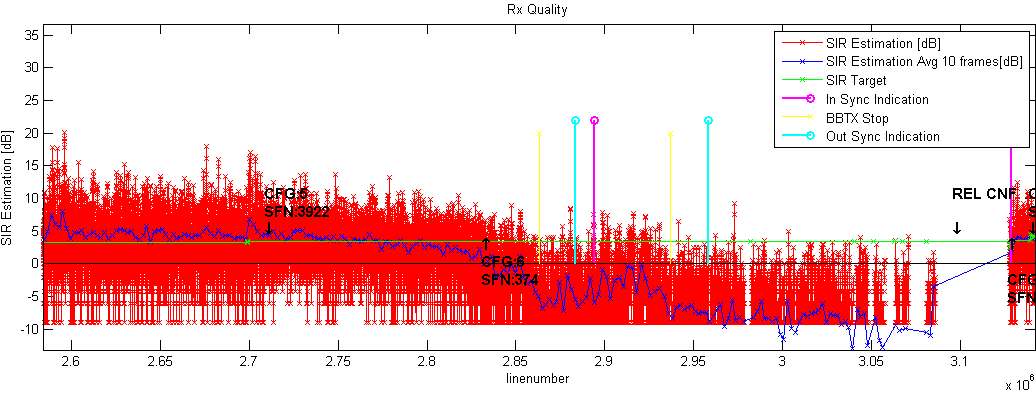
Figure 1. Example of SIR variation
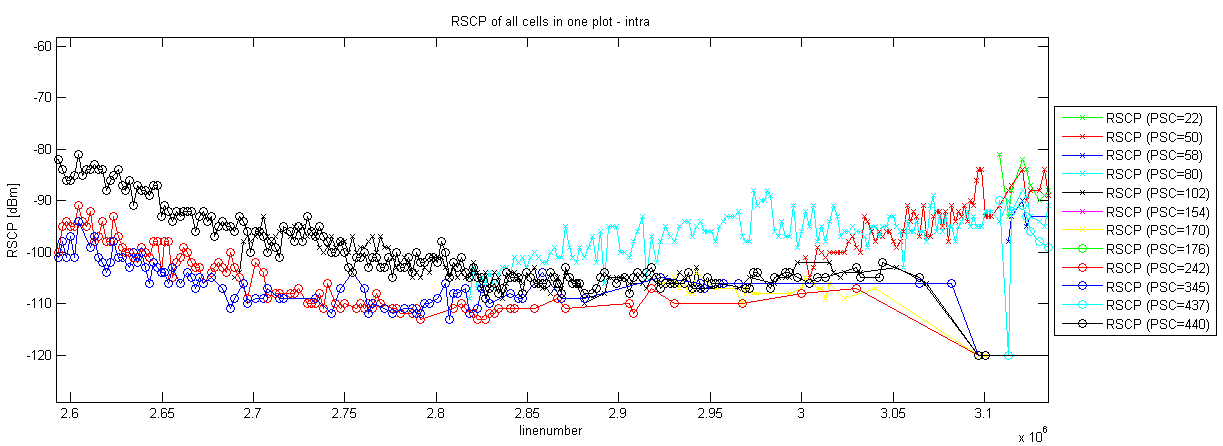
Figure 2. Example of RSCP variation
The NW coverage requirements for a certain sampling point specify that the levels of RSCP and ECNO should be better than a certain threshold. These thresholds must be correlated with the service provided, as a rule of thumb the higher the speed provided by the service the lower the redundancy on the channel (eg. small spreading factor), the higher the RSCP and Ec/No values must be.
As the NW takes the ultimate decision which cells are serving the UE (are in the active set), it must know what cells and the quality (RSCP and Ec/No ) of that cells, in the UE area.
So the UE must be able measure the quality (RSCP and Ec/No ) of the serving cells , the other cells in the same frequency channel , the cells in adjacent frequency channels and cells on a different radio aces technology (RAT) , in this case 2G.
[Verify what cells are in the active set] [Verify what cells the NW requested for measurement][Verify that the measurement report is send to the NW and acknowledged]
As the call is ongoing inter-frequency and inter-rat measurements can be performed only if a compress mode (CM) is active. [Verify that the CM is correctly configured and activated].
Once the quality of the serving cells is low the NW must take the decision of on soft handover (SHO) or a hard handover (HHO).An important percentage of the call drops occur because the UE does not receive the HO request from the NW.
[Verify what configuration request is received from the NW][If HO not received, verify the number of CRCs on DL, the radio conditions can be already to bad to receive the HO request][Verify the UE Tx power, if this is already maximum one can suspect that the measurement report did not reach the NW].
In the above figures the call drop occurs because the serving cell (PSC 440) RSCP is very low and the NW requested an HO on PSC 345 instead of PSC 80.
In many cases there is no other cell with good level in the region; in this case the call drop is natural.
Figure 3 summarizes the steps described above for a Call Drop issue analysis.
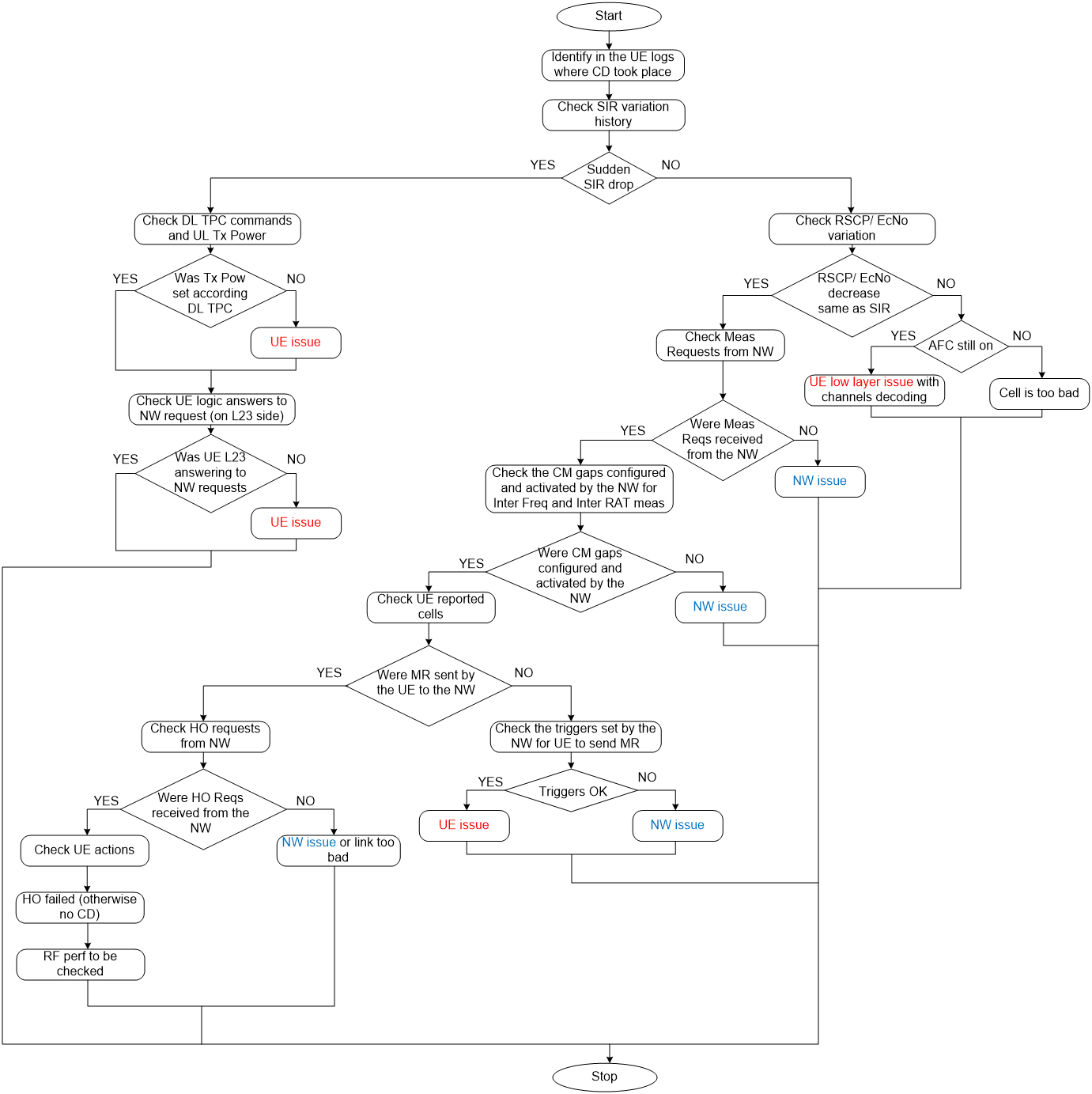
Figure 3. Call Drop check
Many thanks to Radu B. for his contribution in elaborating this article. Radu B. is a L1 engineer within the Physical Layer team of our largest Telecom Customer Support project.


